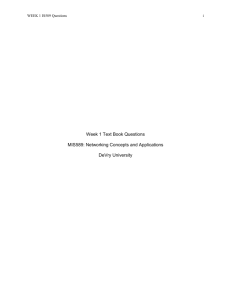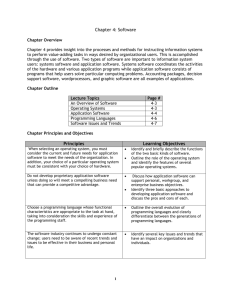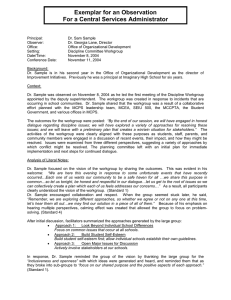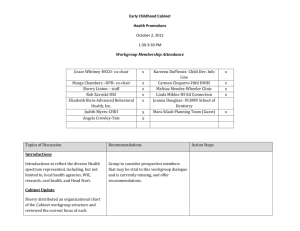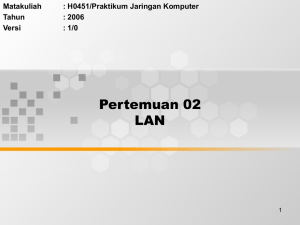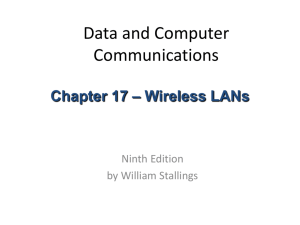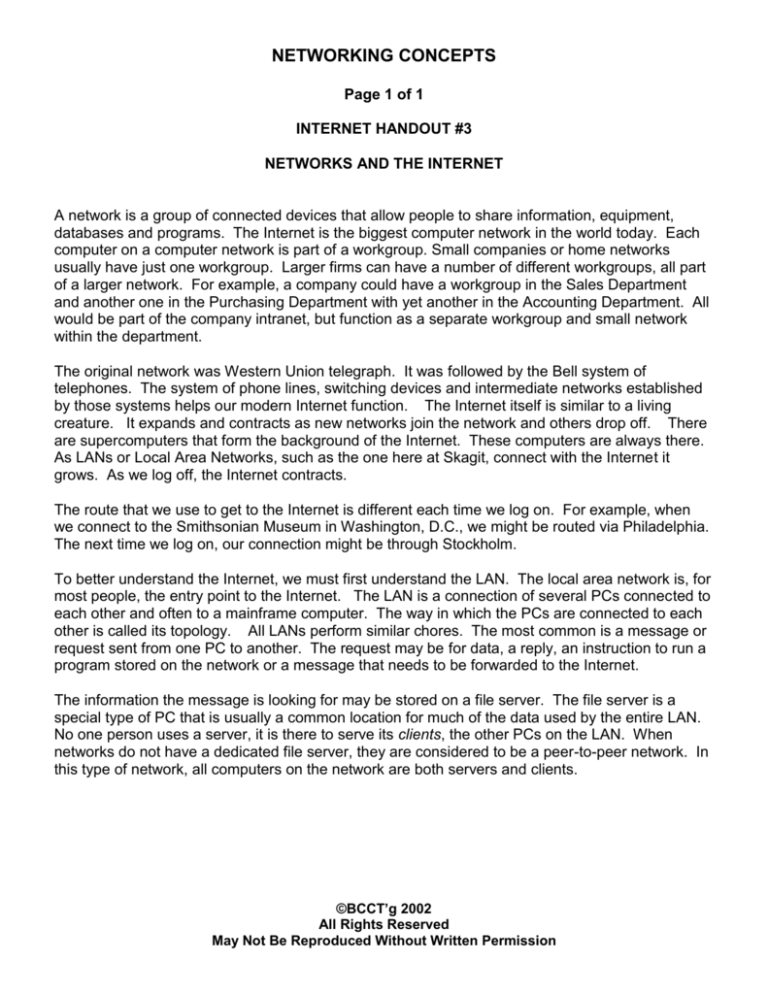
NETWORKING CONCEPTS
Page 1 of 1
INTERNET HANDOUT #3
NETWORKS AND THE INTERNET
A network is a group of connected devices that allow people to share information, equipment,
databases and programs. The Internet is the biggest computer network in the world today. Each
computer on a computer network is part of a workgroup. Small companies or home networks
usually have just one workgroup. Larger firms can have a number of different workgroups, all part
of a larger network. For example, a company could have a workgroup in the Sales Department
and another one in the Purchasing Department with yet another in the Accounting Department. All
would be part of the company intranet, but function as a separate workgroup and small network
within the department.
The original network was Western Union telegraph. It was followed by the Bell system of
telephones. The system of phone lines, switching devices and intermediate networks established
by those systems helps our modern Internet function. The Internet itself is similar to a living
creature. It expands and contracts as new networks join the network and others drop off. There
are supercomputers that form the background of the Internet. These computers are always there.
As LANs or Local Area Networks, such as the one here at Skagit, connect with the Internet it
grows. As we log off, the Internet contracts.
The route that we use to get to the Internet is different each time we log on. For example, when
we connect to the Smithsonian Museum in Washington, D.C., we might be routed via Philadelphia.
The next time we log on, our connection might be through Stockholm.
To better understand the Internet, we must first understand the LAN. The local area network is, for
most people, the entry point to the Internet. The LAN is a connection of several PCs connected to
each other and often to a mainframe computer. The way in which the PCs are connected to each
other is called its topology. All LANs perform similar chores. The most common is a message or
request sent from one PC to another. The request may be for data, a reply, an instruction to run a
program stored on the network or a message that needs to be forwarded to the Internet.
The information the message is looking for may be stored on a file server. The file server is a
special type of PC that is usually a common location for much of the data used by the entire LAN.
No one person uses a server, it is there to serve its clients, the other PCs on the LAN. When
networks do not have a dedicated file server, they are considered to be a peer-to-peer network. In
this type of network, all computers on the network are both servers and clients.
©BCCT’g 2002
All Rights Reserved
May Not Be Reproduced Without Written Permission

